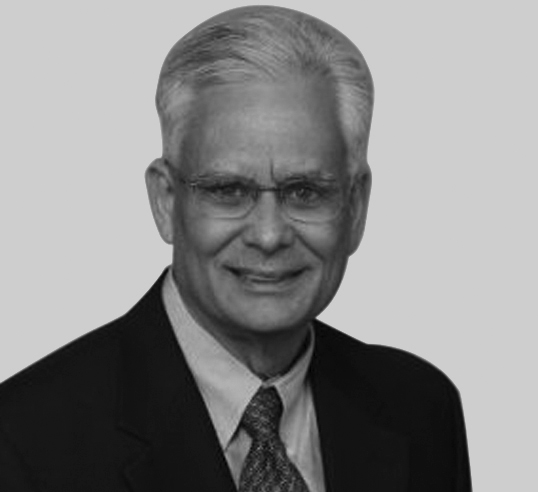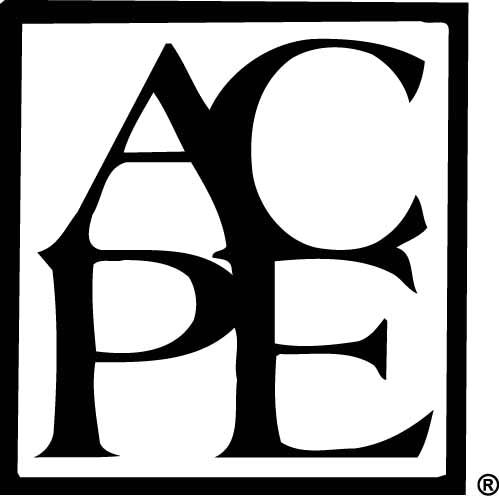Sterile Cleanroom Design: Hazardous Drug Compounding
![]()
Please note that this is the on-demand version of the webinar.
This webinar outlines the structural, functional, and operational design parameters of a sterile hazardous drug compounding cleanroom as required by USP General Chapters <797> (proposed) and <800>. Cleanroom design illustrations for garbing, pre-sterilization, and sterile processing areas/rooms facilitate rapid learning for the pharmacist and technician. The webinar addresses Containment Primary and Secondary Engineering Control parameters. It details the placement of technology and equipment in all areas of the cleanroom environment which includes the placement of containment-primary engineering controls for chemical weighing and aseptic processing. It also details the placement of equipment and supplies for the donning and doffing of personal protective equipment, storage, inspection, labeling, emergency preparedness, and waste management. This webinar features the two and three room configuration, as well as the shared non-hazardous and hazardous drug compounding configuration.
Learning Objectives
FOR PHARMACISTS:
- Recall USP General Chapters <797> (proposed) and <800> compliance requirements for sterile hazardous drug compounding.
- Define air quality control and monitoring parameters for sterile hazardous drug compounding.
- Arrange technology and equipment in their respective Containment Secondary Engineering Controls.
- Identify appropriate Containment Primary Engineering Controls used for chemical weighing and aseptic processing.
- Reproduce design plans for a two and three room concept, in addition to a shared non-hazardous and hazardous drug compounding cleanroom.
FOR TECHNICIANS:
- Recognize the importance of USP General Chapters <797> (proposed) and <800> compliance requirements for sterile hazardous drug compounding.
- Repeat required air quality control and monitoring parameters for sterile hazardous drug compounding.
- Memorize the physical placement of technology and equipment in containment-secondary engineering controls.
- List containment-primary engineering controls used for chemical weighing and aseptic processing.
- Recognize the importance of maintaining structural and functional designs of sterile hazardous drug compounding cleanrooms.
An unrestricted educational grant has been provided by MEDISCA Inc.
Hardware/software requirements
High speed internet connectivity and an updated internet browser is required to attend the webinar. The broadband recommended is 1 Mbps or better. The minimum browser requirements to attend the webinar are:
- Google Chrome v39 or later
- Mozilla Firefox v34 or later
- Internet Explorer v8 or later
- Microsoft Edge
- Apple Safari v6 or later

JOE CABALEIRO, BS Pharm, RPh
Senior Associate, Gates Healthcare Associates
Disclosure: Accreditation Commission for Health Care Consultant; Gates Healthcare Associates Consultant; Healthrx Group Consultant; MEDISCA Consultant
Mr. Cabaleiro is the former Associate Director of Pharmacy for the Accreditation Commission for Health Care (ACHC); responsible for the development of compounding quality standards. He is also the former Executive Director for the Pharmacy Compounding Accreditation Board (PCAB), and a former surveyor for the Joint Commission on Accreditation of Healthcare Organizations (JCAHO). In addition, Mr. Cabaleiro has served on the United States Pharmacopeia’s Council of the Convention.
A pharmacist for more than 30 years, Mr. Cabaleiro is a nationally recognized expert in non-sterile and sterile compounding, pharmacy quality, accreditation standards, and compounding pharmacy management and operations. Mr. Cabaleiro began his career in home-infusion therapy as pharmacy manager. In 1982, he developed an innovative compounding computer system used nationwide that combined a notebook computer, barcode reader, and electronic balance to permit the safe preparation of complex total parenteral nutrition solutions. He served multiple facilities in the roles of operations and general management during this period of his professional career.
In 1989, Mr. Cabaleiro founded and led a compounding pharmacy, catering to both human and veterinary patients in Cary, North Carolina. During his ownership of the pharmacy, he helped establish the Pharmacy Compounding Accreditation Board (PCAB) and served on various committees that developed industry standards. His pharmacy was among the first to receive PCAB accreditation. After selling the pharmacy, Mr. Cabaleiro joined PCAB during the organization’s most dynamic period of growth.
Mr. Cabaleiro received his Bachelor of Science in Pharmacy from the University of Florida. He has served as an adjunct professor at the University of North Carolina, and has written numerous articles in professional journals, as well as policy and procedure manuals for home-infusion and compounding pharmacies.
Total CPE Credits (home study and live activity): 1 CPE Hour = 0.1 CEUs
Joint Providership Status (CPE Consultants, LLC / LP3 Network)
Activity type: Knowledge-based
UAN: 0864-9999-18-088-H07-P/T for pharmacists and technicians
CPE credits: 1 CPE Hour = 0.1 CEUs
Release date: October 1, 2018
Expiration date: October 1, 2021
To receive CPE credits for the webinar, participants must complete a learning assessment with a score of 70% and submit a completed evaluation.
 | CPE Consultants, LLC is accredited by the Accreditation Council for Pharmacy Education as a provider of continuing pharmacy education. |
CANCELLATION AND REFUND POLICY:
There are no refunds, returns or transfer upon purchase of the webinar.

 Facebook
Facebook X
X LinkedIn
LinkedIn Forward
Forward